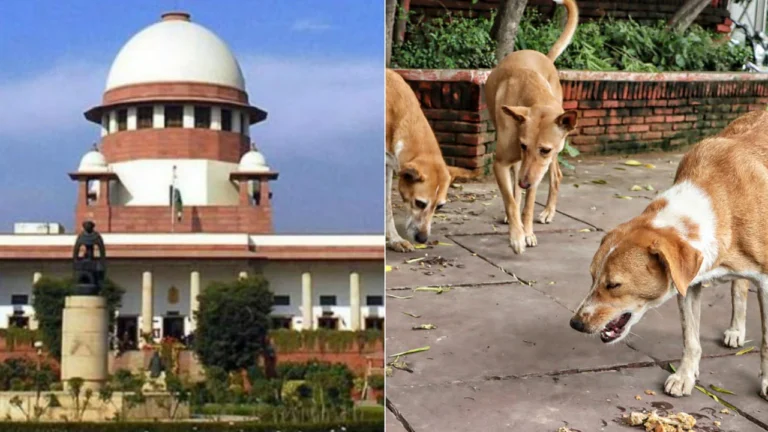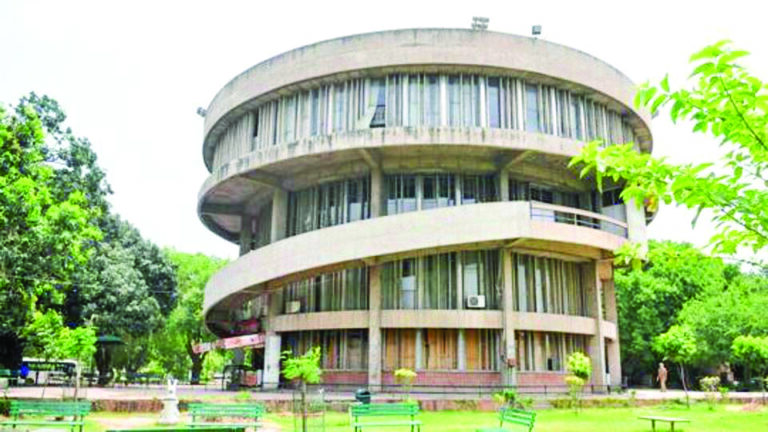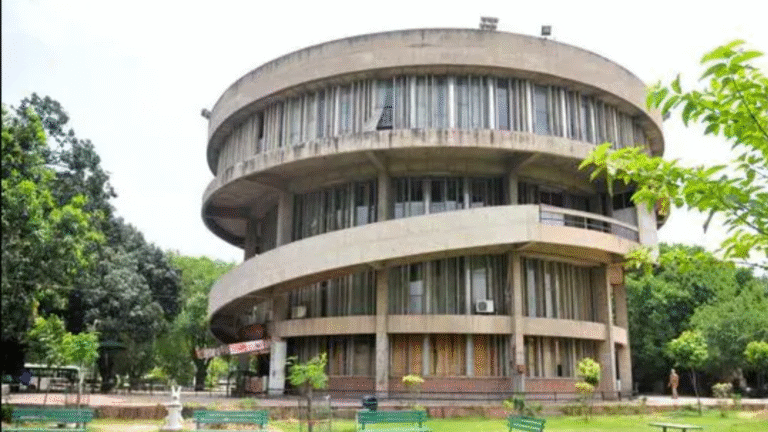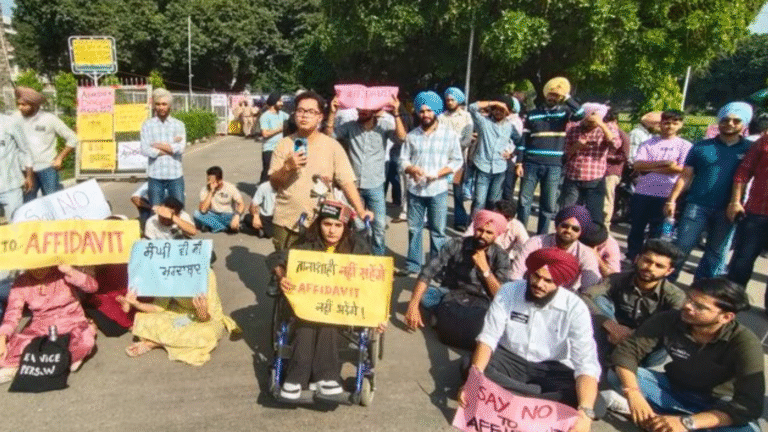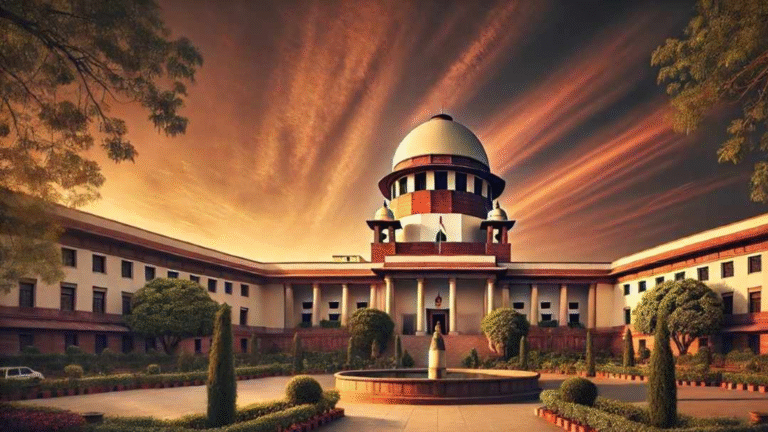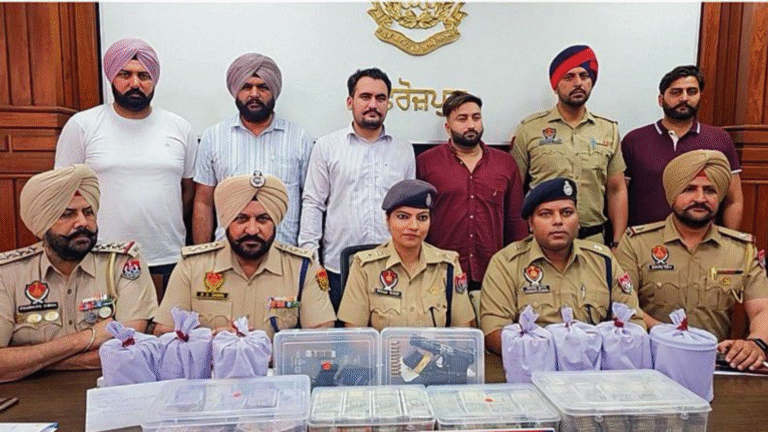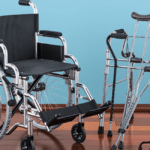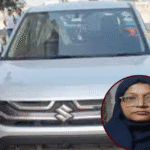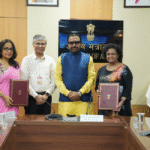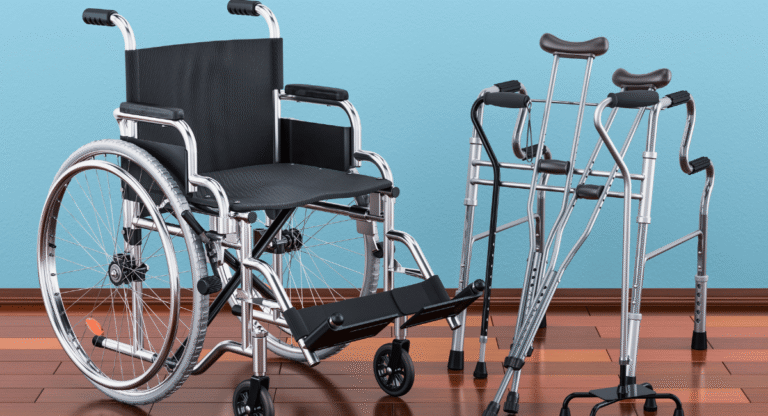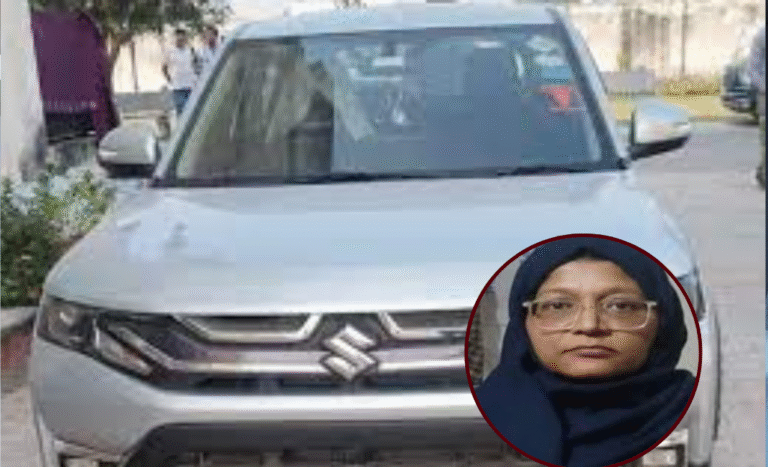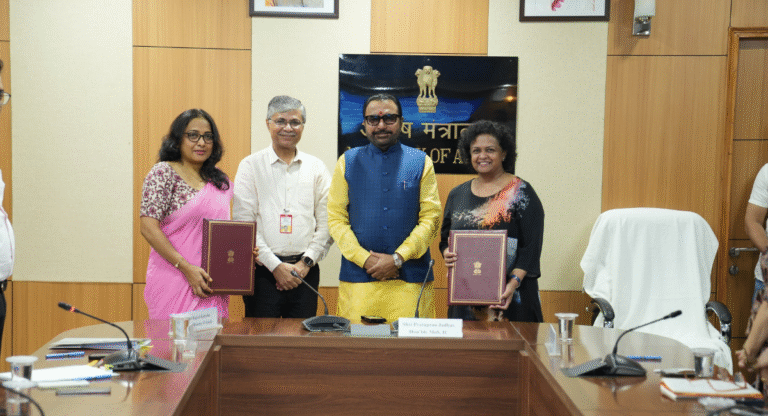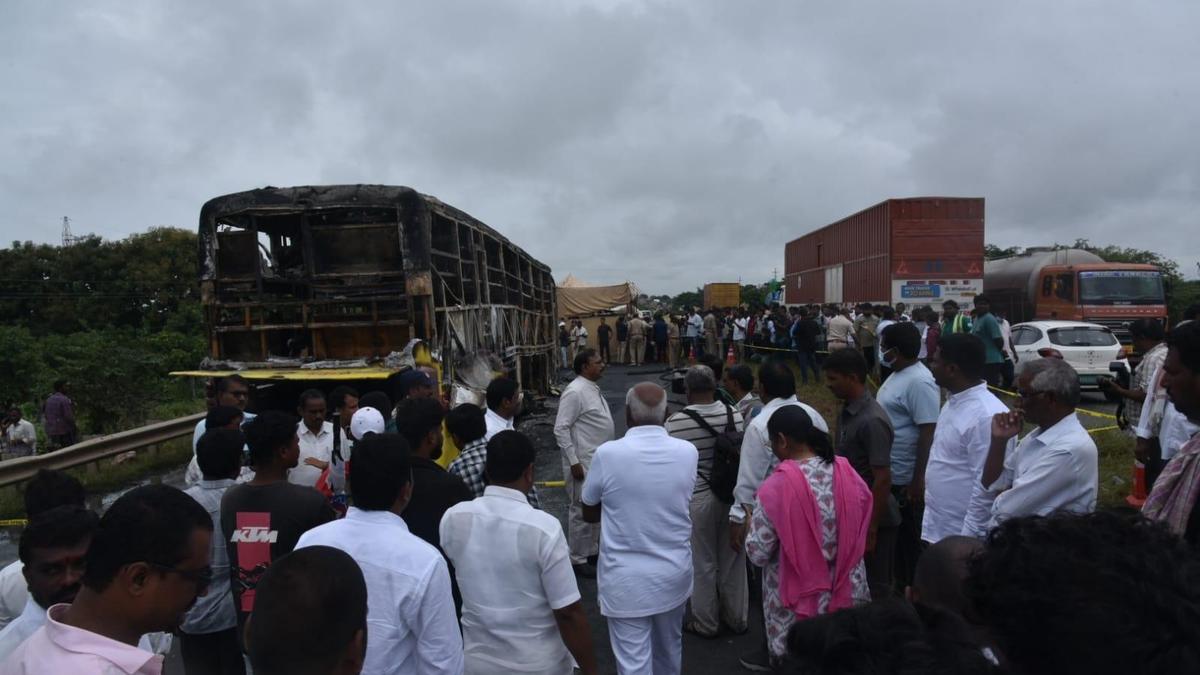
In the predawn hours of Friday, a luxury sleeper bus travelling from Hyderabad to Bengaluru met with disaster near Chinnatekur village in Kurnool district of Andhra Pradesh. The vehicle caught fire after colliding with a motorcycle, leaving approx 20 passengers dead and many more injured.
Gut-wrenching scene inside the overturned bus
Passengers asleep on the night‐journey woke to terrifying scenes. One survivor, Ashwin, said: “I woke up and saw flames on the window side … we tried to break the windows to get out, but the fire spread so fast.”
Another, Jayant Kushwaha, noted how the main door proved unusable:
“We first attempted the front door, but it was locked. We broke the rear emergency window and jumped out… some people lost consciousness from the fall.”
Survivor Harika described the initial shock:
“The back door was broken, so I jumped out from there. I got hurt in the process.”
With the bus door jammed or locked, many were forced into desperate escape through shattered glass—amid thick smoke, heat and crowded aisles.
Cause and unfolding of disaster
According to officials, the bus collided with a motorcycle on National Highway 44; the motorbike got stuck under the bus and sparked flames that ignited the fuel tank. The fire spread rapidly, engulfing the vehicle within minutes. One authority said the bus door likely jammed due to wiring melting after the fire began.
Initial passenger count about 41 onboard; many were asleep when the accident hit. Emergency windows became the only viable exit for many.
Death , Injuries and Response
At least 20 fatalities have been confirmed, with multiple others injured. The exact number may fluctuate slightly as identification proceeds—the bodies of some victims were charred beyond recognition, necessitating forensic work.
State authorities have launched investigations, and a forensic team is on-site to piece together the sequence of events and any safety lapses.
N. Chandrababu Naidu, Chief Minister of Andhra Pradesh, expressed condolences and directed relief operations for the injured and families of the deceased. At the national level, Narendra Modi announced ex-gratia payments: ₹2 lakh for the families of those killed and ₹50,000 for the injured.

Survivors’ chilling testimonies
- Smoke and darkness: “There was fire everywhere. Everyone was sleeping. We woke them up,” one survivor said.
- Broken exits: With the main door inaccessible, many escaped via smashed windows or broken emergency exits—jumping out in panic.
- Injuries from escape: Some who jumped landed awkwardly and suffered additional injuries during the escape.
- Disorientation: The sleeper‐bus format, with curtains and low lighting, added to confusion at the moment of crisis.
Safety concerns and systemic issues
The crash raises broader questions about passenger bus safety in India. The fact that the doors were locked or jammed speaks to serious emergency‐evacuation failures. Investigators are checking whether the bus complied with fire-safety norms, had functioning emergency exits, and whether driver training and maintenance were adequate.
Similar accidents—such as the 2013 crash near Mahbubnagar in the same route—have previously flagged vulnerabilities in long‐distance sleeper buses. The present incident may reignite calls for stricter regulation and enforcement of bus safety norms, for night travel, and emergency-exit functionality.
In the hours after the fire, distraught families arrived at hospitals and the district collectorate seeking information. Survivors in shock recounted pulling themselves from hot metal, plunging into darkness outside.
Local officials set up control-rooms to assist families of missing passengers and facilitate identification and relief. Medical teams are treating the injured at Kurnool Government Hospital.
Looking ahead
While immediate rescue, relief, and investigation are underway, longer-term focus must turn to safety oversight. The Kerala corridor, other interstate night‐bus routes, and private luxury operators are likely to face enhanced scrutiny in the wake of this tragedy.
As the full list of victims is finalised and causes are analysed, the state must ensure that survivors and families feel heard and supported—and that lessons are drawn to prevent repeat occurrences.





